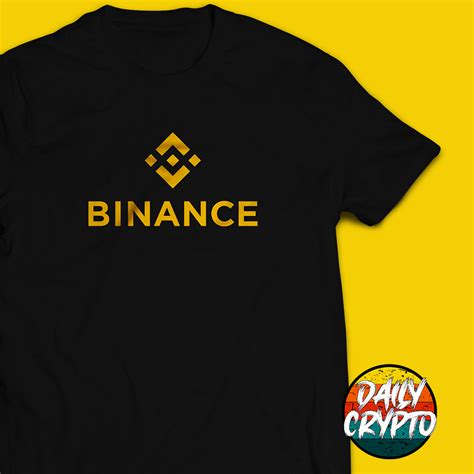**“Hedge Your Bets: Why Cryptocurrency, Ethereum, and FOMO Matter for Your Currency”
As the world becomes increasingly digitalized, the concept of money is shifting towards cryptocurrencies like Bitcoin, Ethereum, and others. These decentralized assets are gaining immense popularity, especially among the younger generation looking to diversify their portfolios.
However, investing in cryptocurrencies also comes with risks, and there is a common misconception that it is a high-risk, high-reward game. This phenomenon is known as FOMO (Fear Of Missing Out), where individuals feel pressured to invest in the latest trend or asset just because others seem to be doing so.
But what if you could mitigate these risks without risking your entire financial future? One strategy that has gained popularity recently is using a currency peg. A currency peg is a type of monetary policy implemented by a country or central bank. It involves linking the value of the official currency to the value of another asset or commodity, such as gold.
Why currency pegs are important

A well-designed currency peg can provide investors with several benefits, including:
- Reducing volatility: By fixing the exchange rate between the domestic currency and another asset, a currency peg can help reduce the risks associated with market fluctuations.
- Inflation protection: A currency peg can also act as a hedge against rising inflation rates, as it prevents the depreciation of the domestic currency from affecting the value of other assets.
- Encouraging investment in stable assets: By providing a clear and reliable store of value, a currency peg can encourage investors to choose stable assets such as gold or cryptocurrencies that have proven their reliability in the past.
Ethereum: The blockchain behind the curve
One of the most popular cryptocurrencies is Ethereum (ETH), which has gained a lot of attention due to its innovative blockchain technology. Unlike traditional blockchains, Ethereum’s smart contract functionality allows developers to build decentralized applications (dApps) without the need for intermediaries.
Ethereum’s success is due to its wide range of use cases, which include supply chain management, gaming, and social media platforms such as Decentraland. Its native cryptocurrency Ether (ETH) has also become a major player in the market, with many investors using ETH as a hedge against traditional assets.
The FOMO Factor: Why Investors Race Against Time
As mentioned above, fear of missing out is a key driver of investment decisions. However, when it comes to cryptocurrencies, and Ethereum in particular, investors often feel like they are in a race against time. The constant flow of news about new developments, updates, and announcements can create an atmosphere of FOMO (fear of spending money), tempting many to invest without proper research or due diligence.
Mitigating FOMO in Your Investment Strategy
So how can you mitigate your FOMO risk when it comes to investing in cryptocurrencies? Here are some tips:
- Do your research: Take the time to understand the technology behind Ethereum and other cryptocurrencies before making an investment decision.
- Diversify: Spread your investments across different asset classes, including traditional stocks, bonds, and commodities.
- Focus on the fundamentals: Understanding the underlying economics and technical aspects of a cryptocurrency or blockchain project takes precedence over trending factors like hype or FOMO.
In summary, investing in cryptocurrencies comes with its own set of risks and challenges.
Leave a Reply